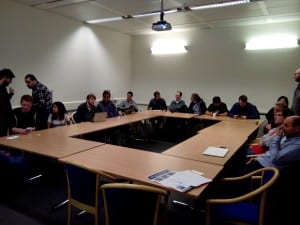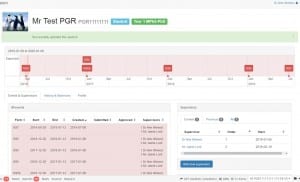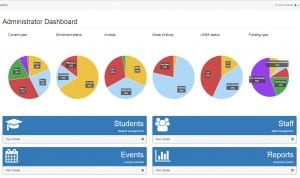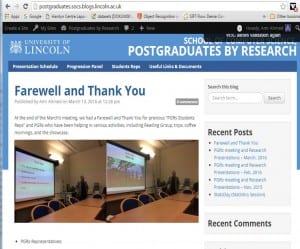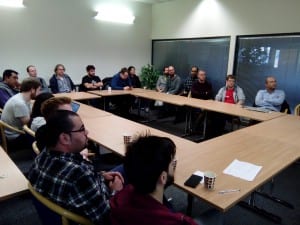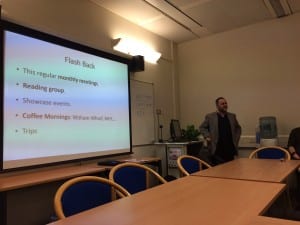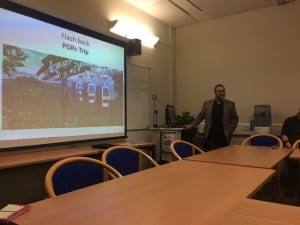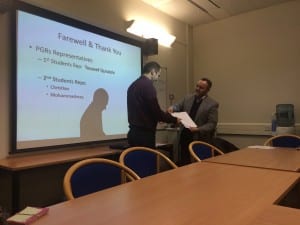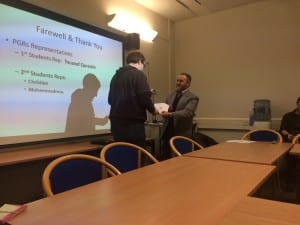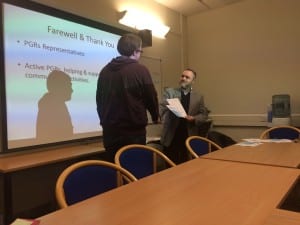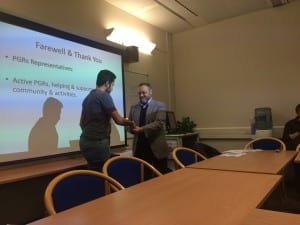The monthly PGRs Research Presentations was held on Wed. 13th April, 2pm, Room MC3108.
This session we had the following presentations:
|
PGRs Monthly meeting_April2016 (Slides )
Agenda
|
Title: Life-long Spatio-temporal Exploration of Dynamic Environments: An overview. | |
|
By: Joao Santos |
||
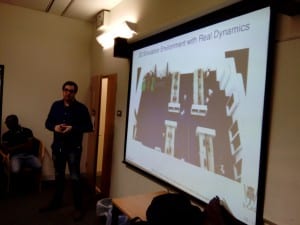
Abstract: The primary purpose of robotic exploration is to autonomously acquire a complete and precise model of the robot’s operational environment. To explore efficiently, the robot has to direct its attention to environment areas that are currently unknown. If the world was static, these areas would simply correspond to previously unvisited locations. In the case of dynamic environments, visiting all locations only once is not enough, because they may change over time. Thus, dynamic exploration requires that the environment locations are revisited and their (re-) observations are used to update a dynamic environment model. However, revisiting the individual locations with the same frequency and on a regular basis is not efficient because the environment dynamics will, in general, not be homegeneous, (i.e. certain areas change more often and the changes occur only at certain times). Similarly to the static environment exploration, the robot should revisit only the areas whose states are unknown at the time of the planned visits. Thus, the robot has to use its environment model to predict the uncertainty of the individual locations over time and use these predictions to plan observations that from a theoretical point of view improve its knowledge about the world’s dynamics. Hence, the observations are scheduled in order to obtain information about the environment changes, which are mainly caused by human-activity. As a consequence, using schedules motivated by the changes in metric maps increases the chance to extract dynamics that are essential for object learning and activity recording tasks. |
||
